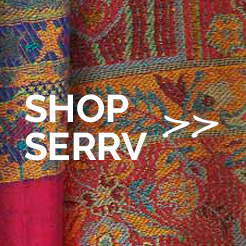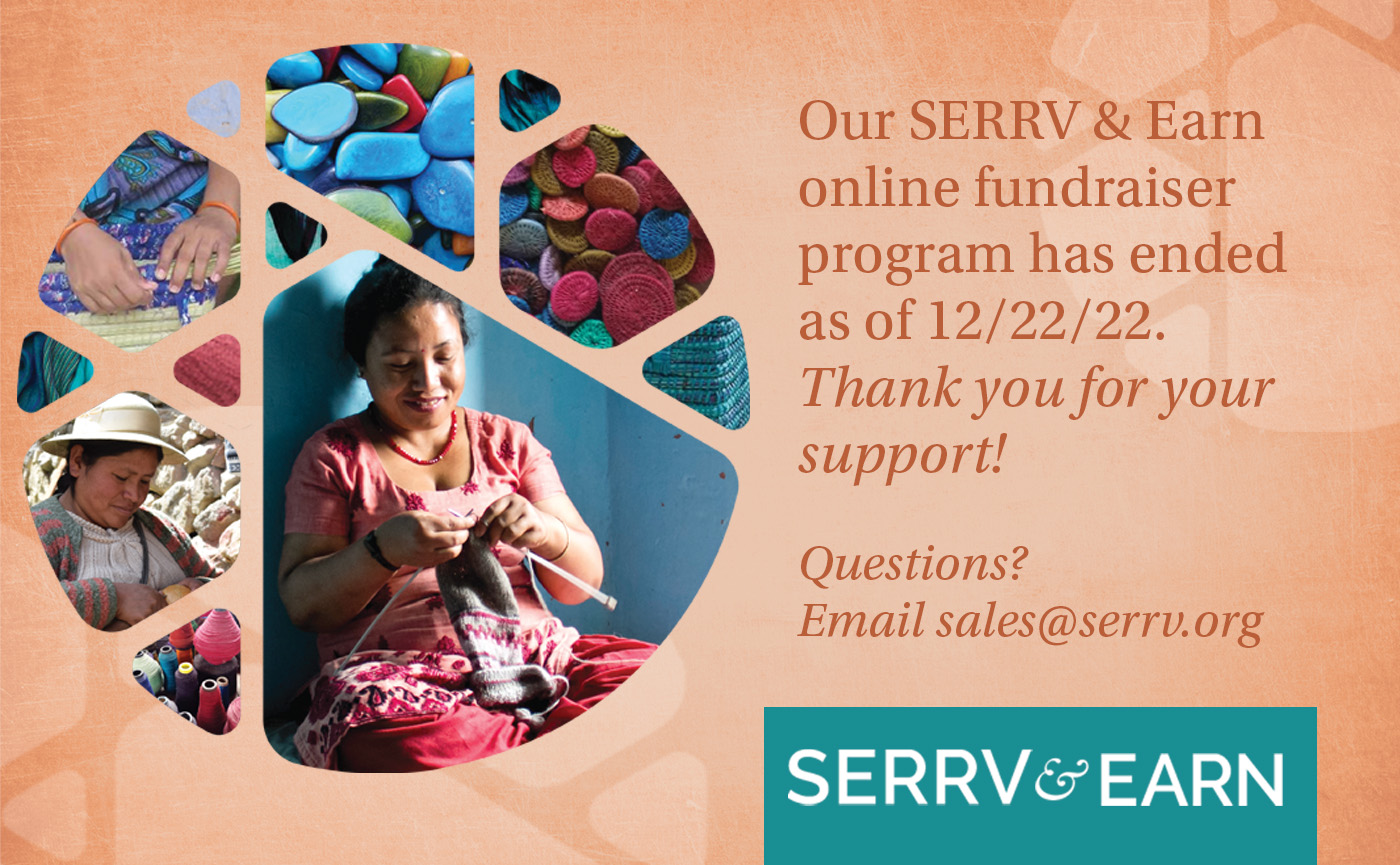Handcrafted through Generations
We chat with Serrv buyer Liz about her recent trip to the Philippines, where she met the artisan family behind the creation of our Layered Peace Wreath. Made from sustainable, natural materials, the wreath is a favorite with customers for its unique and meaningful design.
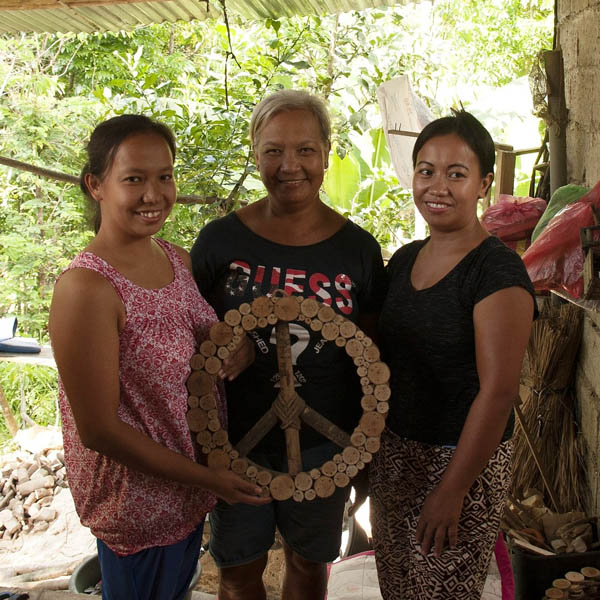
Tell us about this family you visited in the Philippines.
ARP Handicrafts is a home-based workshop in Quezon, a province on the Philippines' largest island of Luzon. The workshop was started by a husband-and-wife team, Sergio and Sergia, but has now largely been taken over by their daughters Agnes and Annalise—two of their eight children! Agnes manages the workshop. Her husband, Homer, also works there and does most of the more labor-intensive work. In total, they employ nine women and three men.
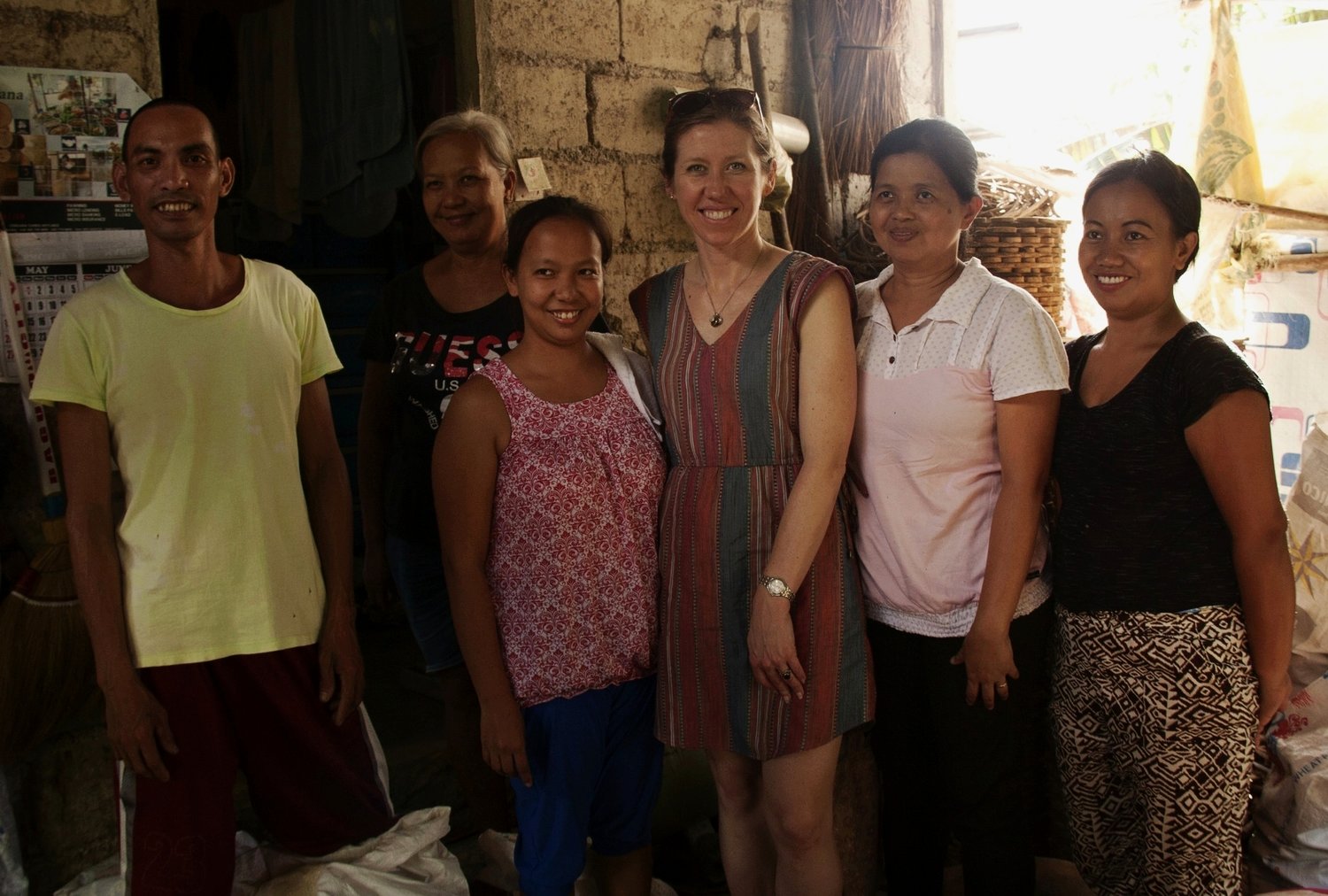
You've visited many artisan groups in a number of countries over the years. What struck you most about your time with Agnes and Annalise?
It was encouraging to see a second generation of this family taking over a craft business from their parents. You don't always see that happening. Working in fair trade allows many families to provide their children with opportunities like education so that they can have a better life. So on the one hand, families are really working for the children to move on to bigger and better things.
At the same time, you want to see these traditional crafts preserved, and that often relies on skills and techniques being handed down from one generation to the next. But there has to be growth so that handicraft businesses—and the family's livelihood—can be viable. It was great to see Agnes and Annalise recognizing the value in the craft business their parents had started and working to make it even more successful moving forward. Agnes has some great ideas for the future, so I think they are in good hands!
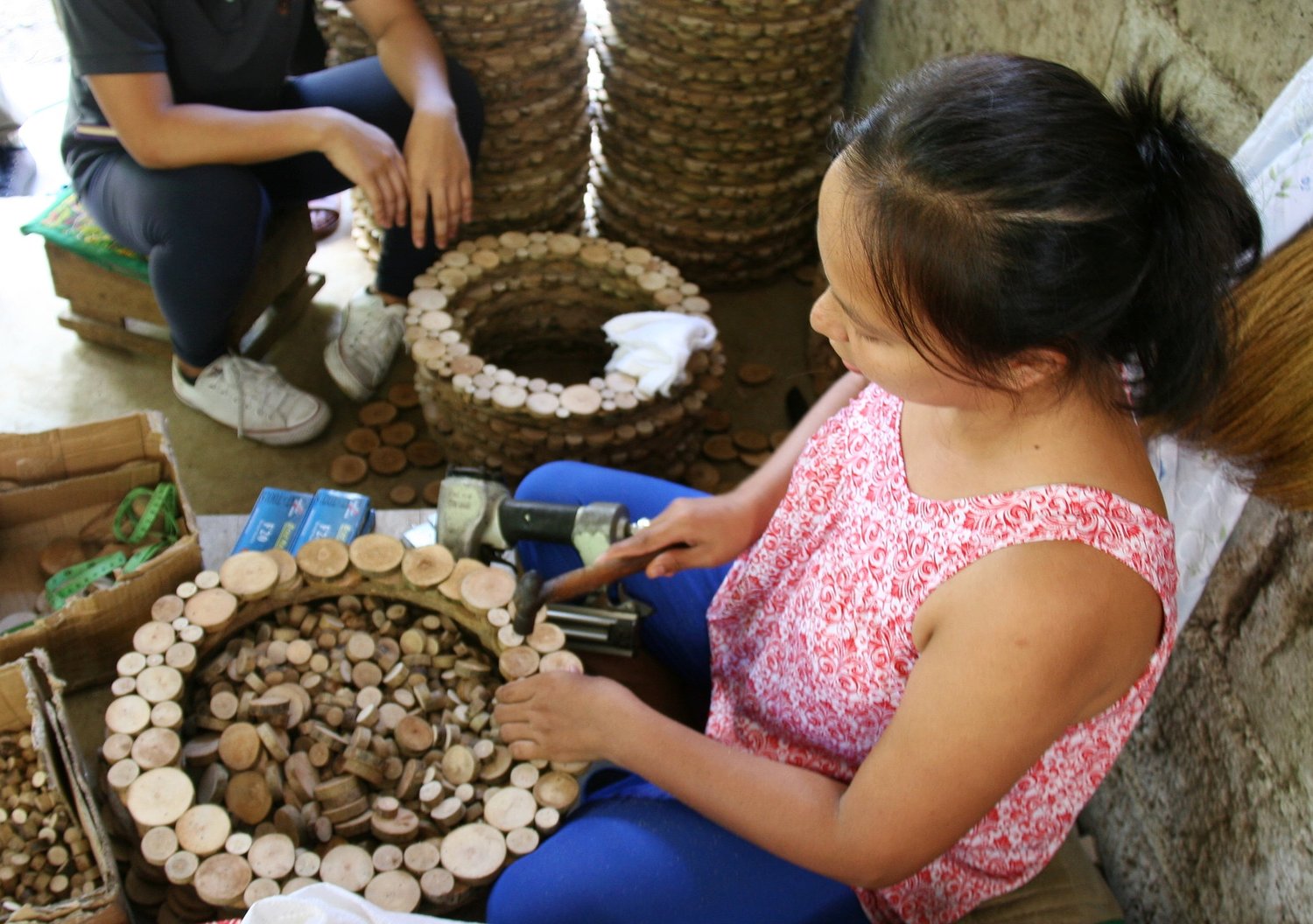
You mentioned that wreaths are sustainably made. What did you learn about the materials and processes used in creating them?
The wood for the wreath comes from local vendors. In the Philippines, there are strict laws about how and where trees can be removed, so all of the wood is sustainably and responsibly harvested.
The wood discs on the wreath are cut from the branches of the Philippine Coral Tree (what the locals call "takip-asin"), a shrub that grows abundantly throughout the country. These discs are arranged in layers over a galtang frame. (Galtang vine is another local, sustainable material.) Homer has to bend this wood into shape while it's fresh and pliable. They don't want the wood to dry out, so they purchase the wood fresh as they receive each order. The wood discs are layered and nailed to the frame one at a time—each is a different size and shape so each wreath is unique. [The same technique is used in creating our Homestead Bird House.]
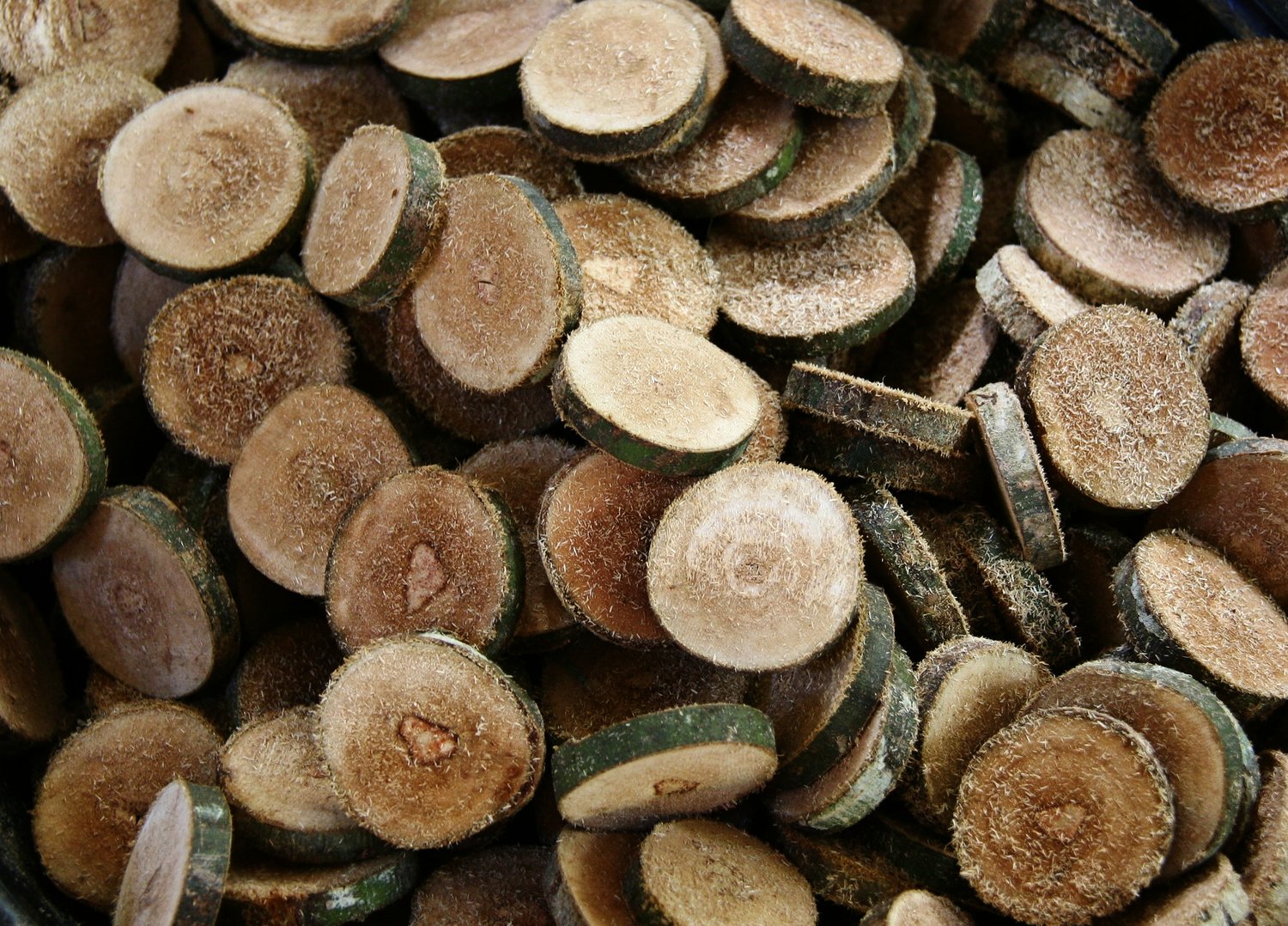 Tags:
Artisan Stories
Eco-Friendly
Tags:
Artisan Stories
Eco-Friendly








